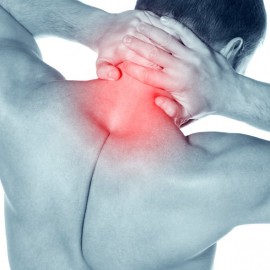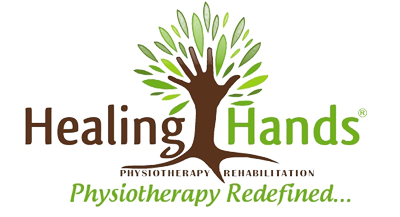Authors: Anil Verma, K Mrityunjay, Deepak Chhabra Myofascial Release is a specialised physical and manual therapy used for the effective treatment and rehabilitation of soft tissue and fascial tension and restrictions. ‘Myo’ means muscle and ‘fascia’ means band. Fascia, an embryological connective tissue, is a 3D continuous web of elastin and collagen fibres surrounded by a viscous fluid called the ground substance. These two fibre types allow it to be very strong yet have a high degree of flexibility whilst the ground substance is a fluid transportation medium and acts a slide and glide mechanism between structures. Fascia surrounds, infuses and protects every other tissue, tendon, muscle, bone, ligament and organ of the body. In healthy conditions the fascial system is relaxed and wavy in configuration. This provides a cushioning and supportive mechanism allowing us to move safely without restrictionor pain. Fascia is also dynamic in nature, it responds to internal and external forces applied on it meeting the resistance in order to protect.  Research has proven that fascia, like muscle, has the abilityto contract and relax and plays a major role in mobility and stability of joints. Fascia acts as a
Research has proven that fascia, like muscle, has the abilityto contract and relax and plays a major role in mobility and stability of joints. Fascia acts as a
Mrs. Sheetal Aggarwal
(Disclaimer: The contributor is a long standing patient of Neck Pain and has written this article out of her interest, experience and research. She is one of our relieved patients and wanted it to be shared on our website as a gesture of thanks. The content here is based on her own experience and which should be judiciously followed) All the knowledge I am sharing is what I have learnt being a patient of neck pain all these years and my motive here is to help other people like me. Our back bone is called spinal column. It gives support to the skeleton. There are 33 vertebras in the spinal column out of which 7 are in the neck and are called cervical vertebras. Fibro cartilage disks are present between these vertebras and help in turning the head and our nerves going to the arms and hands come out of small opening in above structures, called foramen  Any alteration in structure and function of the mentioned structure might lead to problems with the neck or sometimes arms and hands. If neck pain spreads up to the hands and there is tingling in the f
Any alteration in structure and function of the mentioned structure might lead to problems with the neck or sometimes arms and hands. If neck pain spreads up to the hands and there is tingling in the f
Dr. Deepak Chhabra, Dr. K Mrityunjay Morton’s toe (or Morton’s foot, Greek foot, “Royal toe“, “LaMay toe“, “Sheppard’s toe“, Morton’s syndrome, long toe) is the condition of a shortened first metatarsal in relation to the second metatarsal. It is a type of hypoplastic metatarsal or Brachymetatarsia (where there is one or more shortened metatarsal) The correct term for Morton’s Toe is Morton’s Foot Syndrome, named after Dr. Dudley Morton who was a foot doctor of some fame back in the 1930’s. Morton’s toe is a little misleading, because this condition isn’t really a long toe, meaning the phalanges (toe bones). It is the relative length of the Metatarsal foot bones, specifically the relative lengthdifference between the first and second that defines this foot shape. For most feet, a smooth curve can be traced through the joints at the bases of the toes. But in Morton’s foot, the line has to bend more sharply to go through the base of the big toe, as shown in the diagram. You don’t need an x-ray to determine if you have Morton’s Toe. If the space between your first and second toe appears to be deeper, not wider, but deeper than the space between your second an
